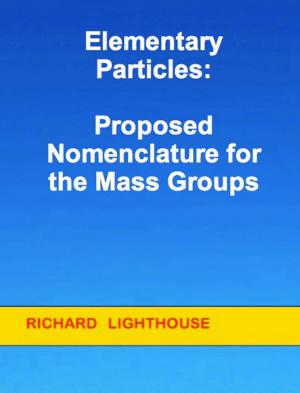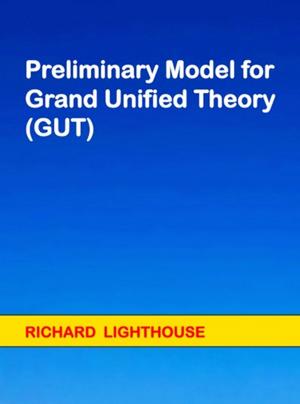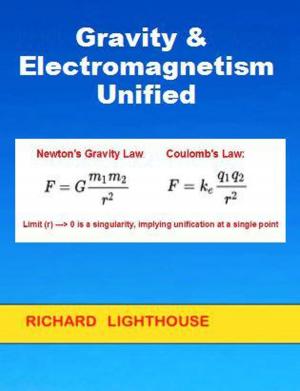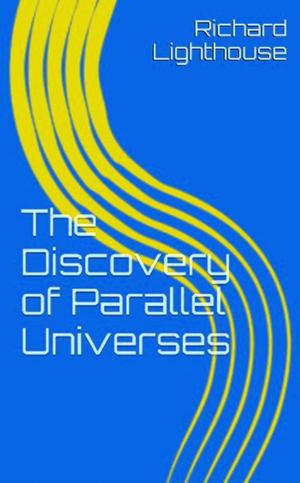Anomalous Magnetic Moment: Source and Explanation
Nonfiction, Science & Nature, Science, Biological Sciences, Molecular Physics| Author: | Richard Lighthouse | ISBN: | 9781311311504 |
| Publisher: | Richard Lighthouse | Publication: | June 12, 2014 |
| Imprint: | Smashwords Edition | Language: | English |
| Author: | Richard Lighthouse |
| ISBN: | 9781311311504 |
| Publisher: | Richard Lighthouse |
| Publication: | June 12, 2014 |
| Imprint: | Smashwords Edition |
| Language: | English |
This paper explains the anomalous magnetic moment for all elementary particles and composite particles (such as the proton). The special case regarding the Muon anomaly is addressed. It also presents a summary of the issues in accurately measuring the magnetic dipole moment for elementary particles. The explanation provided involves simple math and probabilities. It is not complex, such as Yang-Mills and related theories. In summary, there is no anomaly. The measurement of the magnetic moment is misunderstood, because it is a time-averaged value for 16 different probabilities (4 charges X 4 spins). Each particle mass has 16 probabilities. Researchers have incorrectly assumed they were measuring the magnetic moment for a single particle. Areas for further research are suggested. Readers must comprehend that our universe literally blinks, off and on, more than 1 trillion cycles each second, and this allows the rapid changing of particle charge and spin as probabilities.
This paper explains the anomalous magnetic moment for all elementary particles and composite particles (such as the proton). The special case regarding the Muon anomaly is addressed. It also presents a summary of the issues in accurately measuring the magnetic dipole moment for elementary particles. The explanation provided involves simple math and probabilities. It is not complex, such as Yang-Mills and related theories. In summary, there is no anomaly. The measurement of the magnetic moment is misunderstood, because it is a time-averaged value for 16 different probabilities (4 charges X 4 spins). Each particle mass has 16 probabilities. Researchers have incorrectly assumed they were measuring the magnetic moment for a single particle. Areas for further research are suggested. Readers must comprehend that our universe literally blinks, off and on, more than 1 trillion cycles each second, and this allows the rapid changing of particle charge and spin as probabilities.















